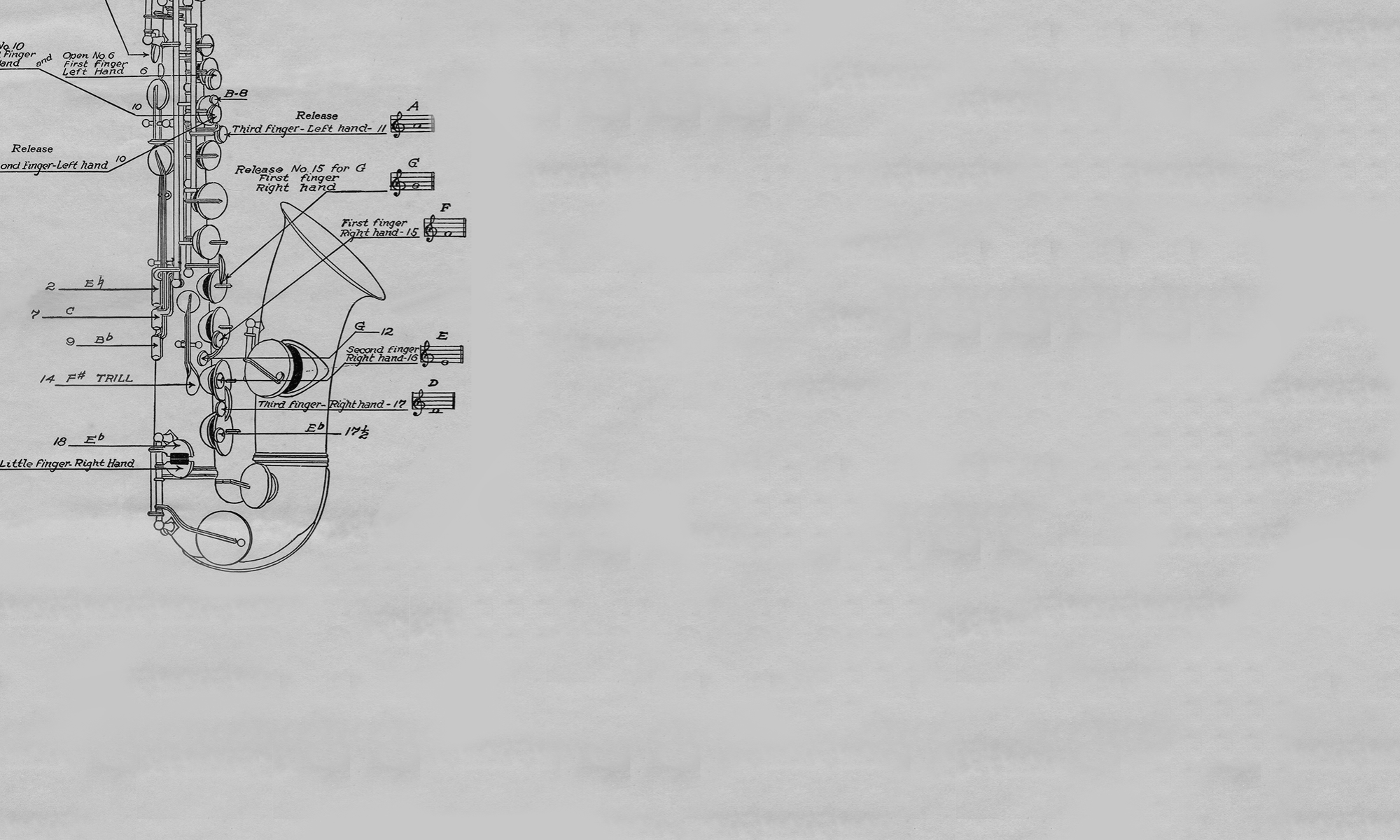from the Fred K. Monroe Photograph, Instrument, and Uniform Collection – Lacquered brass
John Philip Sousa originally owned this B-flat bass saxophone, and Frederick K. “Hoopie” Monroe, who was a saxophonist from Evansville, Indiana, played it in the Sousa Band between 1924 and 1931. Until 1916, the Sousa Band’s saxophone section only included alto, tenor, and baritone horns, but in 1919, Charles Weber joined the band as its first bass saxophonist. He remained the Band’s bass saxophonist until 1921 when Herman Schmidt started playing the bass sax with the band. Schmidt remained with the band until 1924.
The bass saxophone was popularized by saxophone quintets and sextets, like the Brown Brothers and the Musical Spillers, during the heyday of the saxophone between the 1910s and 1920s. The bass saxophone helped balance the overall sound of these ensembles, which typically had at least one E-flat baritone and two E-flat alto saxophones, and one B-flat bass and one or two B-flat tenor saxophones. In 1925, the Sousa Band had eight saxophones – four altos, two tenors, one baritone, and one bass saxophone. However, in jazz bands like the Duke Ellington Orchestra and the Dorsey brothers, the bass saxophone was discarded, relegating the ensemble’s bass voice to the more lyrical baritone saxophone.
